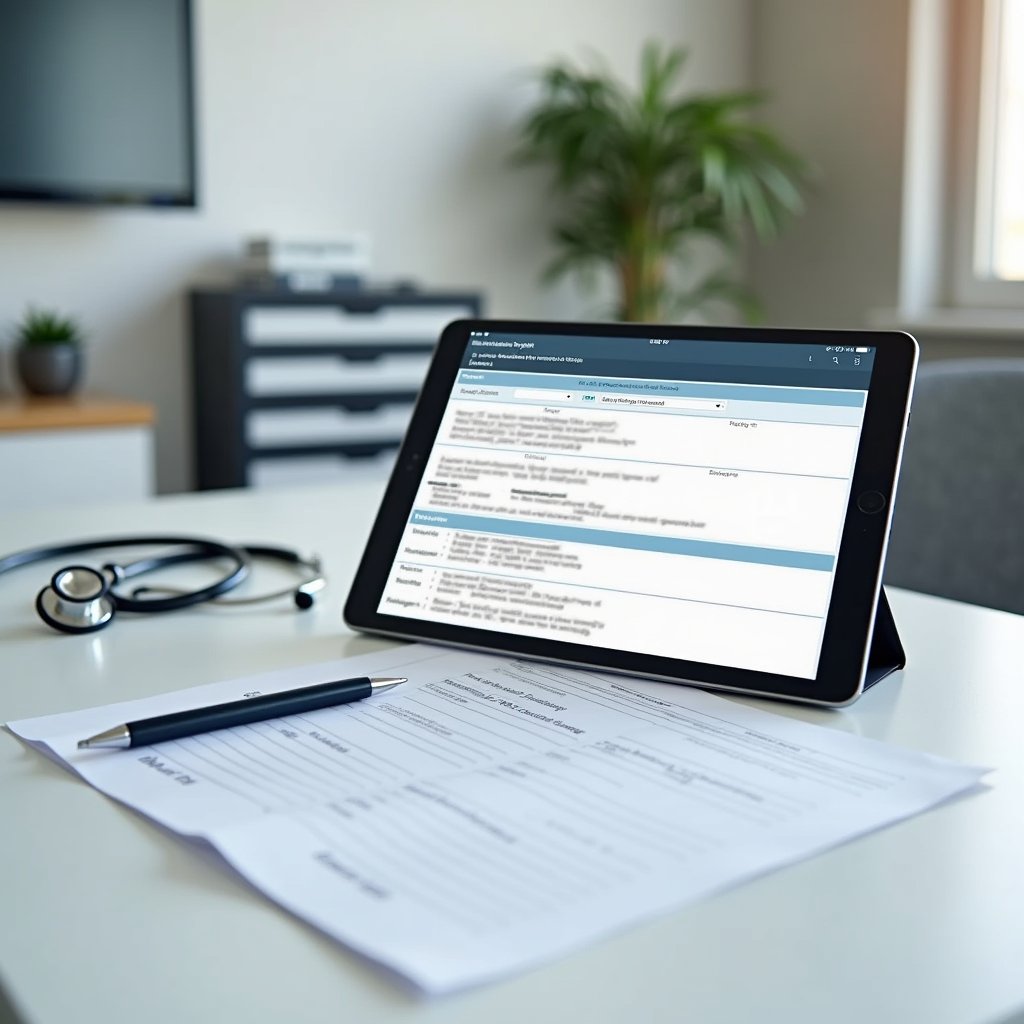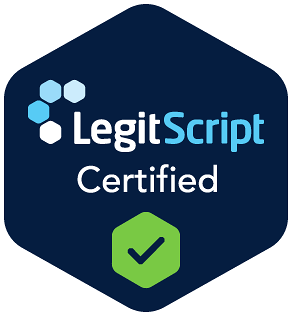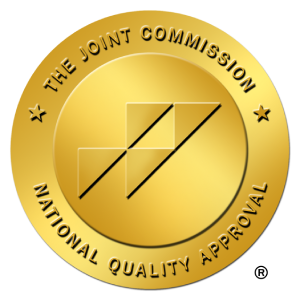Healthcare providers use several validated addiction assessment tools to diagnose substance use disorders, with TAPS, AUDIT, and CAGE-AID being the most widely implemented. You’ll find these tools integrated into electronic health records, allowing for systematic screening across patient populations. Modern digital systems can process clinical data in real-time to identify risks and guide treatment plans. These evidence-based instruments consider cultural factors and demographics, setting the foundation for extensive addiction care.
Understanding Core Assessment Tools in Addiction Medicine

While addiction assessment tools have advanced markedly over the decades, comprehending the core screening instruments remains indispensable for healthcare providers. Today’s most validated tools include TAPS, which screens for multiple substances, and AUDIT, specifically designed for alcohol use disorders. Both have demonstrated sturdy measurement properties through extensive cross validation studies. The CAGE-AID tool offers an efficient way to screen for both alcohol and drug use in clinical settings. Universal screening helps eliminate potential biases related to race, culture, age and gender when evaluating patients. When selecting an assessment instrument, you’ll need to ponder key factors like sensitivity and specificity rates. The DAST-10 and DAST-20 offer reliable drug-related problem screening, though they require licensing. Understanding these tools’ differences – from their target populations to their validation criteria – helps you choose the most appropriate screening method for your clinical setting.
Digital Integration and Modern Applications
The digital revolution in addiction screening has transformed traditional assessment methods through AI-driven tools integrated with electronic health records (EHRs). You’ll find these systems processing clinical notes and medical histories in real-time, identifying opioid use disorder risks with accuracy comparable to human providers. These digital solutions enable systematic screening across entire healthcare populations, removing traditional barriers to comprehensive assessment. The tool has proven especially effective in helping uninsured patients gain access to vital addiction services.
For population level interventions, AI-enhanced screening has demonstrated remarkable success across large hospital systems, with a 47% reduction in 30-day readmissions. The technology enables community partnerships by streamlining referrals to addiction specialists and optimizing resource allocation. You’re seeing machine learning algorithms detect subtle risk indicators in patient records, while automated alerts support clinicians’ decision-making throughout hospitalization. With each avoided readmission saving $6,800, these digital tools aren’t just improving care delivery – they’re making addiction screening more cost-effective and accessible.
Best Practices for Clinical Implementation

Building on digital innovations in addiction screening, successful clinical implementation demands a systematic approach to tool selection and administration. You’ll need to follow evidence-based protocols that emphasize customized assessments for specific substances and populations while ensuring cultural responsiveness.
Start by selecting validated instruments that match your patient demographics and substance use patterns. For comprehensive evaluations, integrate tools like the ASI that cover multiple domains through interdisciplinary collaboration. The ASAM Criteria Guide provides standardized assessments that support consistent patient evaluations across different clinical settings. Having a trained professional administer the assessment ensures accurate results and proper interpretation. You’ll want to maintain standardized administration procedures, allocating appropriate time for interviews and scoring while minimizing clinician bias.
Consider cultural factors by using translated versions when needed and adjusting interpretations for cultural differences. Remember to explain the assessment’s purpose to patients, fostering trust and engagement while addressing potential barriers to accurate evaluation.
Scoring Systems and Result Interpretation
Standardized scoring systems provide essential frameworks for interpreting addiction assessment results across different tools and populations. Through validity testing and reliability assessments, these instruments deliver consistent evaluations of substance use patterns and treatment needs.
The ASI employs composite scores across seven domains, enabling clinicians to quantify severity levels in areas like substance use, psychiatric status, and social functioning. Results are normalized between 0-1 to account for scoring variations across different populations. DUSI-R’s 159-item assessment generates subscale scores that highlight specific problem areas, while TSR tracks service utilization over 14-30 day periods to measure treatment effectiveness. You’ll find that TAPS screens multiple substances with separate scoring mechanisms for each category. When interpreting results, it’s vital to consider each tool’s specific scoring parameters and clinical thresholds to guarantee accurate diagnosis and appropriate treatment planning.
Cultural Considerations and Healthcare Challenges

Cultural competence in addiction assessment extends beyond standardized scoring systems to address significant healthcare disparities across diverse populations. You’ll find that community-based intervention models play an indispensable role in bridging these gaps, particularly when paired with comprehensive provider training approaches. Developing culturally competent care ensures treatment methods align with patients’ unique cultural backgrounds and beliefs.
| Challenge | Solution |
|---|---|
| Limited Access to MAT | Implement policy reforms for equitable distribution |
| Language Barriers | Provide linguistic matching and translation services |
| Cultural Mistrust | Develop community partnerships and local engagement |
| Assessment Bias | Deploy culturally validated screening tools |
To effectively serve diverse populations, you must recognize that current assessment tools often lack cultural validation. Provider training approaches should focus on cultural humility while implementing community-based intervention models that respect local norms. This integrated strategy helps overcome systemic barriers and improves treatment outcomes across different cultural groups.
Frequently Asked Questions
How Often Should Addiction Assessment Tools Be Readministered to Track Patient Progress?
You’ll need to balance periodic reassessment with established test-retest reliability intervals. For brief screening tools, you can readminister weekly or bi-weekly, while detailed assessments work better at intake and discharge.
Your decision should depend on the tool’s sensitivity, treatment phase, and clinician-patient rapport. Follow protocol-based recommendations but adjust timing based on individual progress and relapse risk. Don’t exceed validated intervals, as this may compromise reliability.
Can Family Members Participate in Completing Addiction Assessment Questionnaires?
Yes, you can include family members in completing addiction assessment questionnaires. Their involvement provides valuable extra perspectives for a thorough assessment approach.
You’ll find that family members can offer insights about behavioral patterns and environmental factors you might miss otherwise. They can complete adapted versions of standard screening tools like MAST and DAST, participate in family interviews, and contribute to genogram development.
However, you’ll need to take into account privacy concerns and potential reporting biases.
What Insurance Coverage Typically Exists for Comprehensive Addiction Assessments?
Your insurance coverage for addiction assessments typically varies based on your policy limits.
Under MHPAEA rules, you’ll find most private insurers must provide comparable coverage for addiction treatment as they do for medical care.
Medicare covers initial screenings and assessments through OTPs and CMHCs at no cost, but you may face copays with Medicare Advantage plans.
Be aware that prior authorization requirements and state-specific variations can affect your coverage access.
Are There Mobile Apps Available for Patients to Self-Monitor Between Clinical Assessments?
Yes, you’ll find numerous self-monitoring mobile apps that support continuous patient tracking between clinical visits. These apps use Ecological Momentary Assessment (EMA) to help you log substance use, triggers, and cravings in real-time.
You can track your progress through features like biometric monitoring via wearables, personalized coping strategies, and secure communication with healthcare providers. Research shows these apps effectively reduce substance use when used consistently between professional assessments.
How Do Assessment Tools Account for Prescription Medications Versus Illicit Substance Use?
You’ll find that assessment tools vary in how they distinguish between prescription and illicit substance use. TAPS specifically addresses prescription opioid dependence through targeted questions about medication misuse, while tools like DAST-10 focus exclusively on illicit substance dosage patterns.
Some assessments, like ASI, group all substances together under one domain. For extensive monitoring, you’ll need tools that explicitly differentiate between prescribed medications and illicit substances.






